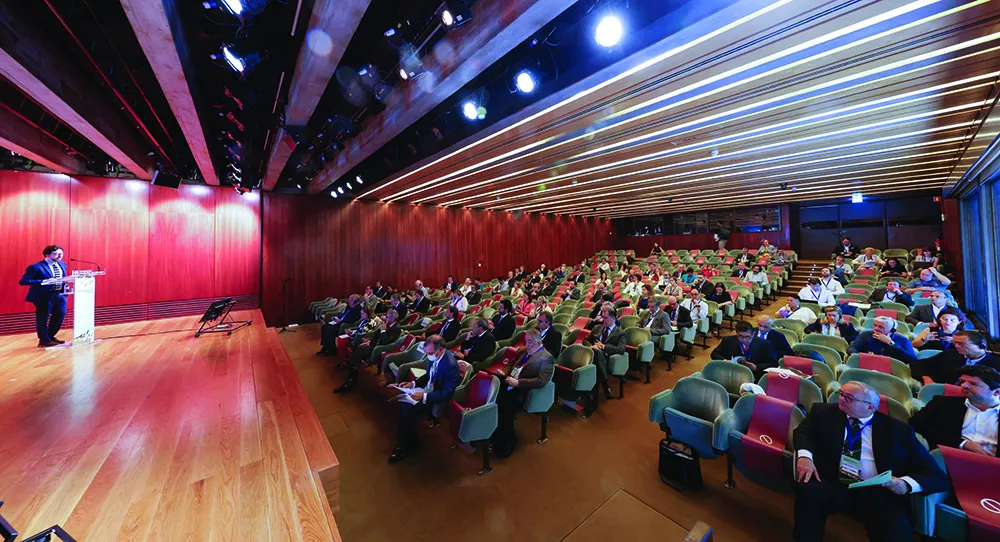Public transport usage in the European Union is at its highest level since 2000, with almost 57 billion journeys made throughout the EU in 2012 according to a new study carried out by the International Association of Public Transport (UITP). UITP’s first annual publication tracking and analysing public transport demand trends in the EU member states studied the pace of growth in public transport journeys since 2000, reflecting fluctuations in the economic situation, the growth in urban population and emerg
June 20, 2014
Read time: 2 mins
Public transport usage in the European Union is at its highest level since 2000, with almost 57 billion journeys made throughout the EU in 2012 according to a new study carried out by the 3833 International Association of Public Transport (UITP).
UITP’s First annual publication tracking and analysing public transport demand trends in the EU member states studied the pace of growth in public transport journeys since 2000, reflecting fluctuations in the economic situation, the growth in urban population and emerging changes in urban mobility patterns.
The publication also reveals the breakdown of journeys by public transport modes in urban and suburban areas, with buses carrying some 56 per cent of the total passengers, followed by metros, tramways and suburban railways with 16 per cent, 14 per cent and 14 per cent respectively.
“What we can clearly see from this study is that public transport plays a considerable role in managing and delivering sustainable urban mobility in the EU,” explained UITP secretary general, Alain Flausch. “There are approximately 182 million journeys being made on an average working day in the bloc with this figure showing no signs of slowing down”.
UITP’s First annual publication tracking and analysing public transport demand trends in the EU member states studied the pace of growth in public transport journeys since 2000, reflecting fluctuations in the economic situation, the growth in urban population and emerging changes in urban mobility patterns.
The publication also reveals the breakdown of journeys by public transport modes in urban and suburban areas, with buses carrying some 56 per cent of the total passengers, followed by metros, tramways and suburban railways with 16 per cent, 14 per cent and 14 per cent respectively.
“What we can clearly see from this study is that public transport plays a considerable role in managing and delivering sustainable urban mobility in the EU,” explained UITP secretary general, Alain Flausch. “There are approximately 182 million journeys being made on an average working day in the bloc with this figure showing no signs of slowing down”.








